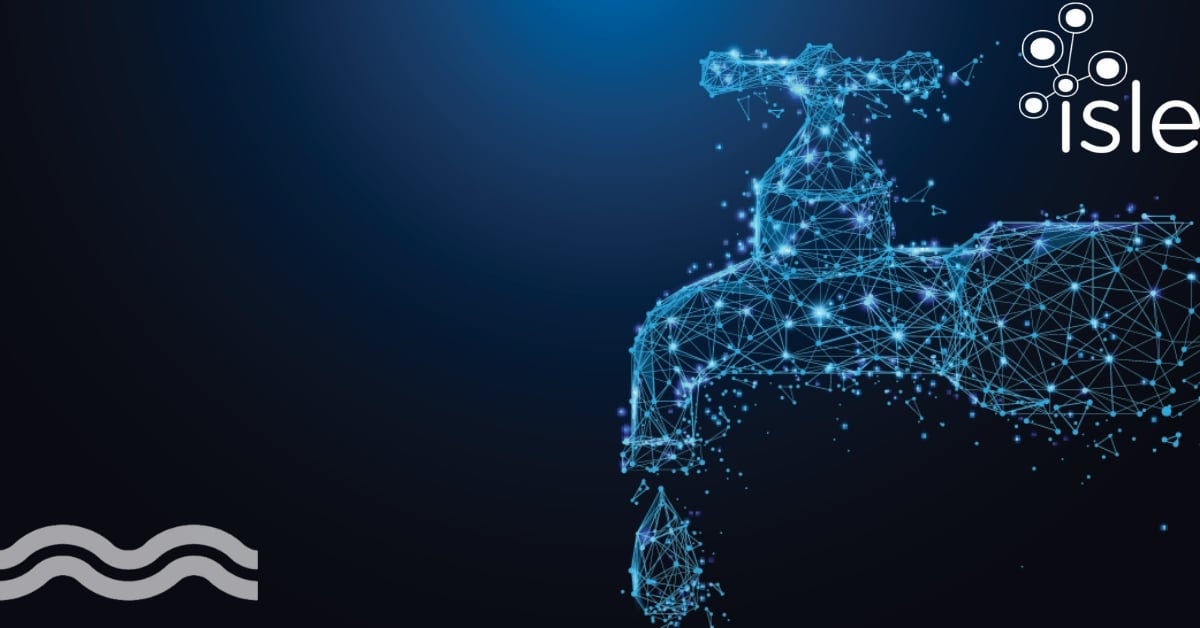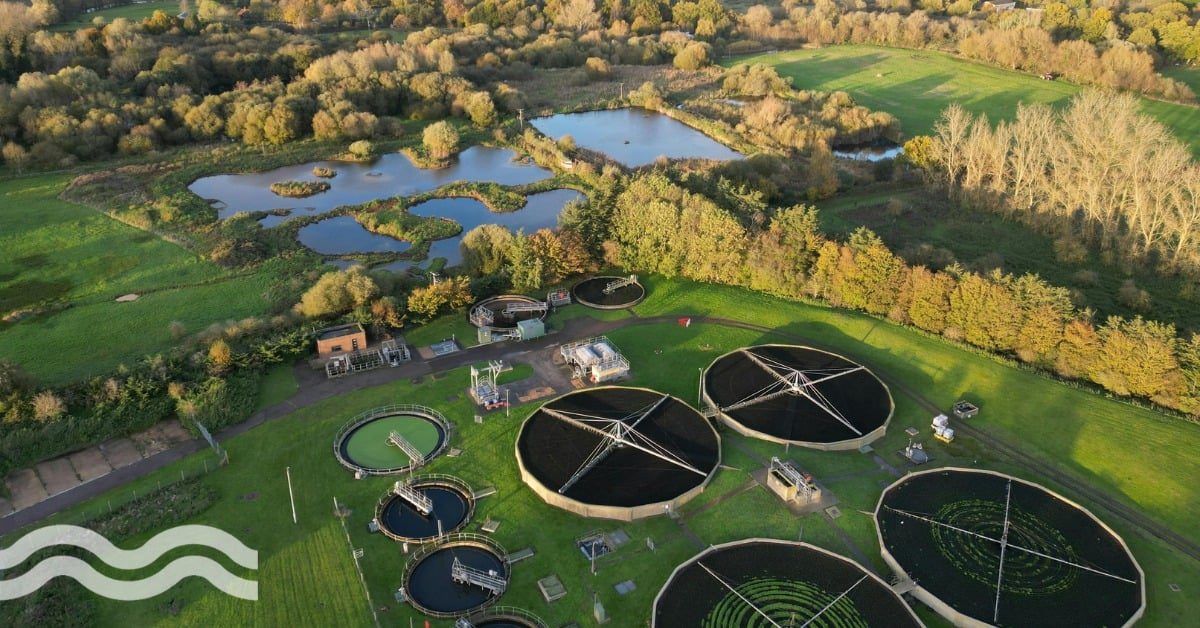Amazon keeps positive on 2030 water stewardship plans

While Amazon Web Services (AWS) has faced criticism in the past for its environmental practices, the e-commerce giant is now proactively seeking transformative solutions to address these concerns. With ambitious commitments, such as striving for net-zero carbon emissions and water positivity, it’s taking tangible steps to counter its unsustainable image.
Achieving water positivity
Following in the footsteps of the likes of Google, Facebook and Microsoft, the company has committed to achieving water positivity and is implementing innovative strategies to reduce water consumption and replenish local ecosystems. It says it’s “striving to change the narrative and set a new precedent for responsible corporate stewardship”.
With data centres in 125 global locations, AWS says it acknowledges the importance of its water usage and has committed to achieving water positivity by 2030. This means it aims to replenish more water to communities and ecosystems than it consumes.
Adam Selipsky, CEO of AWS says: “Water scarcity is a major issue around the world and through our water positive pledge we are committing to do our part to help solve this rapidly growing challenge.
“In just a few years half of the world’s population is projected to live in water-stressed areas, so to ensure all people have access to water, we all need to innovate new ways to help conserve and reuse this precious resource,” he adds.
Water efficiency
One of the central pillars driving AWS's water-positive commitment is its emphasis on water efficiency. Engineers at AWS have designed innovative cooling systems for its data centres, aiming to optimise water usage.
The implementation of an evaporative cooling strategy, similar to residential ‘swamp coolers’, allows hot air to pass through water-soaked pads, leading to a reduction in water consumption. Additionally, AWS has employed a ‘free-air cooling’ system, leveraging local weather conditions to minimise water usage, particularly in certain locations where water scarcity is a concern.
The company has also adopted a Water Usage Effectiveness (WUE) metric to measure how much water its server farms consume. As part of this new commitment it says it will report annually on its WUE metric, new water reuse and recycling efforts, new activities to reduce water consumption in its facilities and advancements in new and existing replenishment projects.
In line with its water conservation efforts, AWS has also made notable changes in the type of water used for data centre cooling. By transitioning towards the use of recycled water or reclaimed wastewater, it says it seeks to decrease its reliance on potable water and contribute to the overall water sustainability of local communities.
In Oregon, for example, it enables the reuse of up to 96 per cent of the cooling water from its data centre, providing it to local farmers at no charge to help grow crops like corn, soybeans, and wheat.
Collaborating with communities
Replenishment projects in collaboration with notable global nonprofits such as WaterAid and Water.org are part of AWS’ commitment. These projects aim to provide access to safe water for communities in India and Indonesia, contributing to equitable water distribution in regions facing water scarcity.
In addition to its local efforts, it has also partnered with environmental organisations like The Nature Conservancy and The Rivers Trust to restore watersheds and enhance water quality in areas such as São Paulo, Cape Town, and the Thames River basin in the UK. By engaging in such projects, AWS showcases its dedication to holistic environmental conservation and acknowledges the vital role of water in ecosystem health.
To date, AWS has successfully completed replenishment projects in Brazil, India, Indonesia, and South Africa, providing 1.6 million cubic metres of freshwater annually to those communities. One notable example is the partnership with Water.org, where AWS is working to provide 250,000 people in regions like Maharashtra and Hyderabad, India, and West Java, Indonesia, with access to safe water and sanitation.
Advanced technologies to reach water positive
Technology plays an important role in AWS’ projects. By harnessing advanced cloud services, such as Internet of Things (IoT) technologies, AWS can analyse real-time water usage within its facilities. This enables it to promptly identify and address any leaks, ensuring efficient water management practices.
Moreover, the company has eliminated cooling water usage in many of its data centres for a significant portion of the year, relying instead on outside air. For instance, in Ireland and Sweden, AWS utilises no water for cooling its data centres for 95 per cent of the year.
AWS has acknowledged previous criticism regarding its environmental practices and has taken steps to address these concerns. The company's focus on water efficiency, such as innovative cooling systems for data centers and utilization of recycled water, indicates efforts to minimize its water consumption. Collaborating with communities and global nonprofits to improve access to safe water showcases AWS's dedication to water sustainability in regions facing scarcity.
The organisation is also turning to advanced technologies, like Internet of Things (IoT) for real-time water usage analysis. While progress has been made, continued transparency and measurable outcomes will be essential to gauge the impact of these initiatives on the environment.


